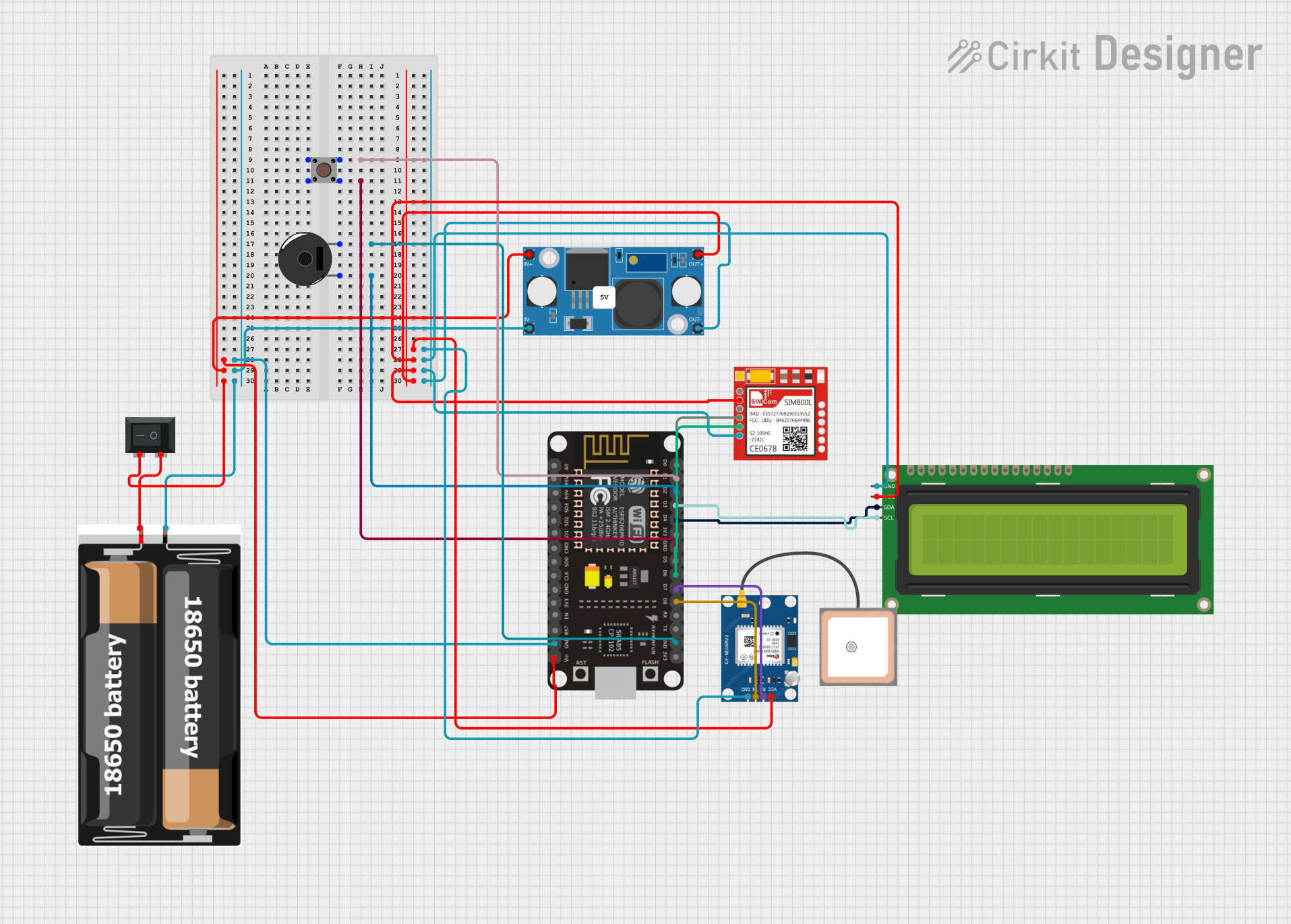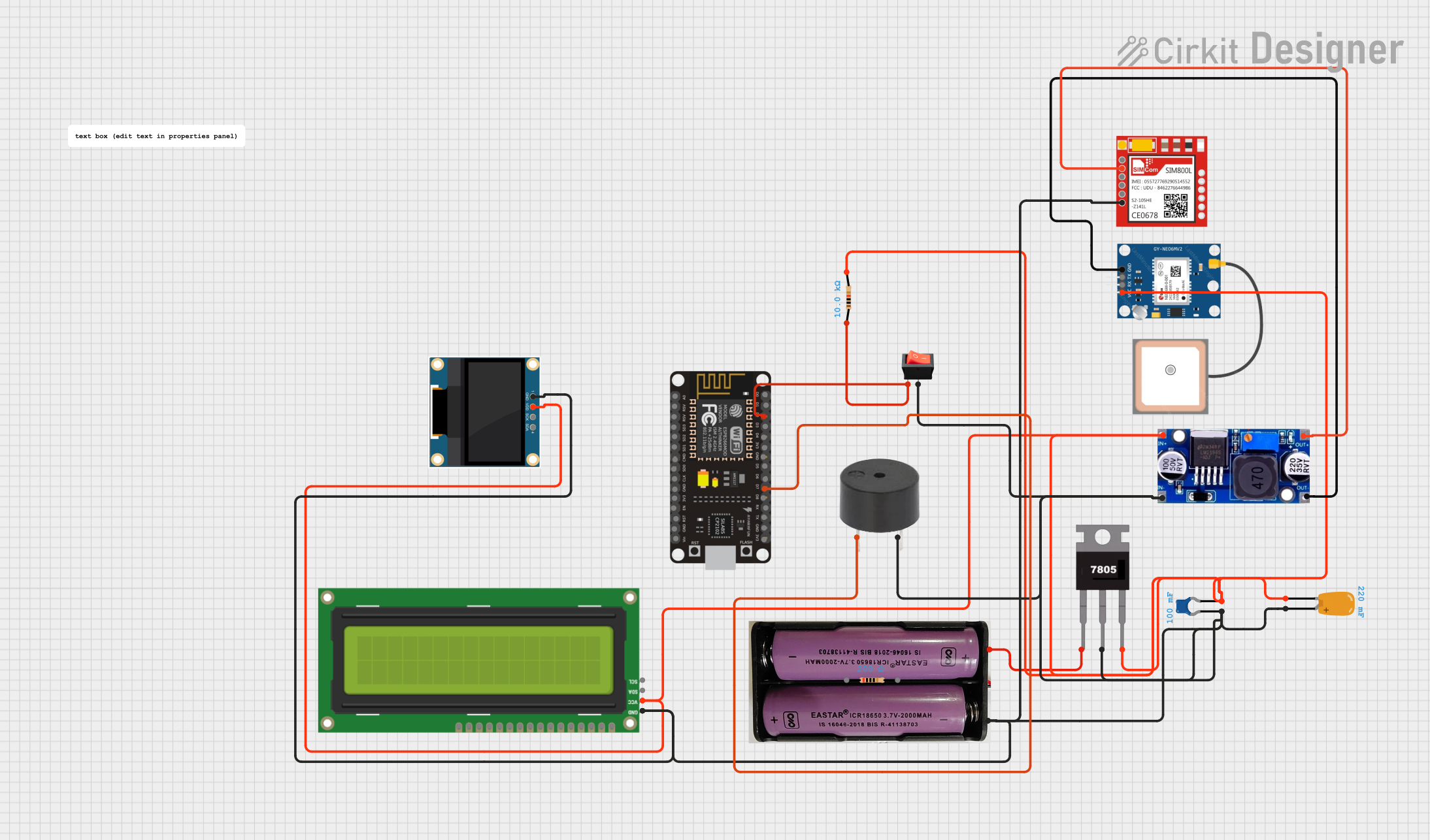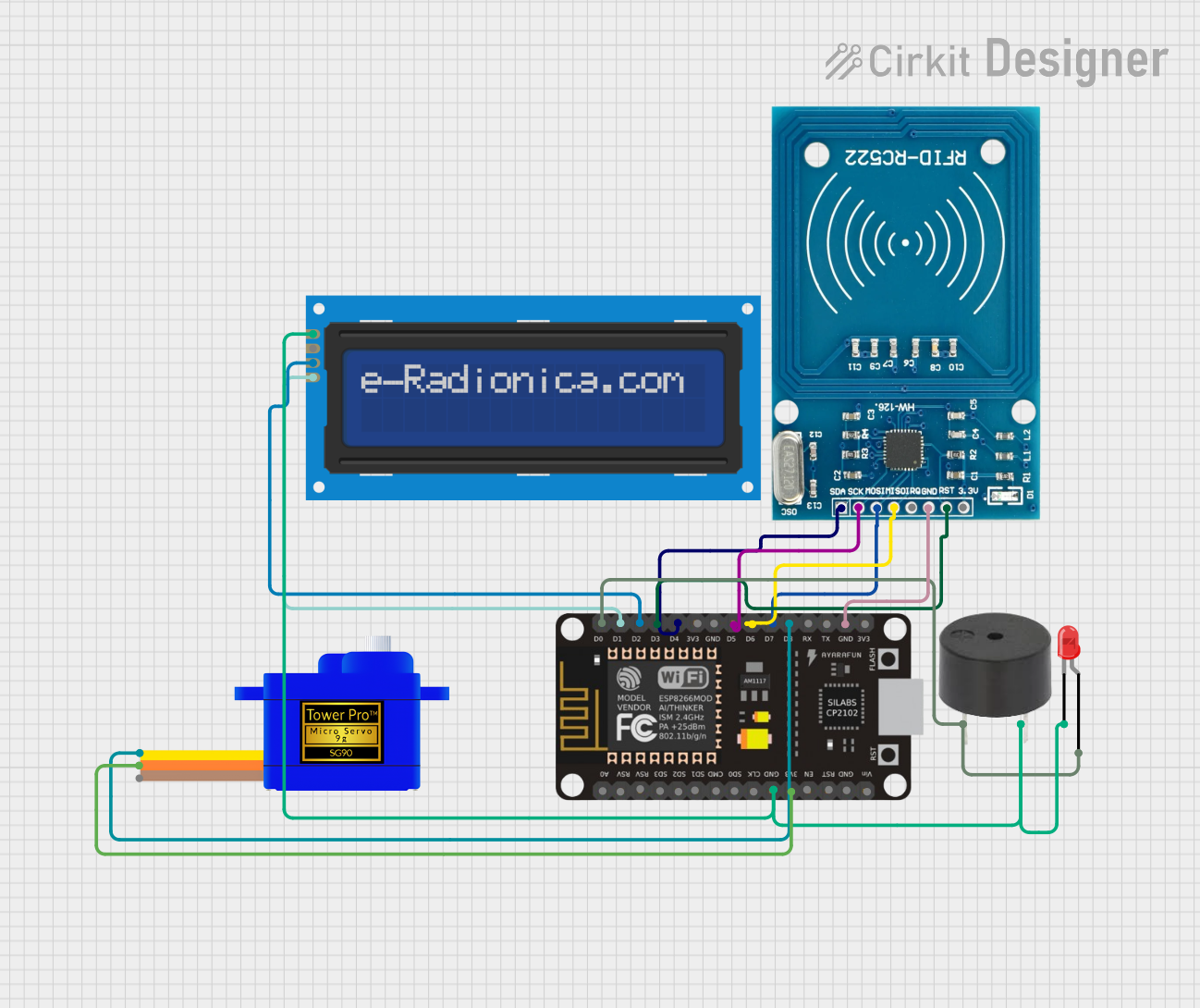
How to Use WeAct 1.54 E-paper module: Examples, Pinouts, and Specs

 Design with WeAct 1.54 E-paper module in Cirkit Designer
Design with WeAct 1.54 E-paper module in Cirkit DesignerIntroduction
The WeAct 1.54 E-paper Module is a low-power display module that utilizes E-ink technology to render static images and text. This module is ideal for applications requiring minimal power consumption, such as battery-operated devices, IoT displays, and electronic shelf labels. Its reflective display technology ensures excellent readability in bright environments, making it suitable for both indoor and outdoor use.
Explore Projects Built with WeAct 1.54 E-paper module

 Open Project in Cirkit Designer
Open Project in Cirkit Designer
 Open Project in Cirkit Designer
Open Project in Cirkit Designer
 Open Project in Cirkit Designer
Open Project in Cirkit Designer
 Open Project in Cirkit Designer
Open Project in Cirkit DesignerExplore Projects Built with WeAct 1.54 E-paper module

 Open Project in Cirkit Designer
Open Project in Cirkit Designer
 Open Project in Cirkit Designer
Open Project in Cirkit Designer
 Open Project in Cirkit Designer
Open Project in Cirkit Designer
 Open Project in Cirkit Designer
Open Project in Cirkit DesignerCommon Applications
- Smart home devices (e.g., thermostats, weather stations)
- Wearable electronics
- Electronic price tags and shelf labels
- Low-power IoT devices
- Portable e-readers and notetaking devices
Technical Specifications
Below are the key technical details of the WeAct 1.54 E-paper Module:
| Parameter | Value |
|---|---|
| Manufacturer | WeAct |
| Part ID | WeAct 1.54 E-paper Module |
| Display Technology | E-ink (electrophoretic display) |
| Display Size | 1.54 inches |
| Resolution | 200 x 200 pixels |
| Color | Black and White |
| Interface | SPI |
| Operating Voltage | 3.3V |
| Power Consumption | ~0.02mW (static image retention) |
| Refresh Time | ~2 seconds |
| Operating Temperature | 0°C to 50°C |
| Dimensions | 48mm x 33mm x 1.2mm |
Pin Configuration and Descriptions
The module uses an SPI interface for communication. Below is the pinout:
| Pin | Name | Description |
|---|---|---|
| 1 | VCC | Power supply (3.3V) |
| 2 | GND | Ground |
| 3 | DIN | SPI data input (MOSI) |
| 4 | CLK | SPI clock input (SCK) |
| 5 | CS | Chip select (active low) |
| 6 | DC | Data/Command control pin |
| 7 | RST | Reset pin (active low) |
| 8 | BUSY | Busy status output (high when refreshing display) |
Usage Instructions
How to Use the Module in a Circuit
- Power Supply: Connect the VCC pin to a 3.3V power source and the GND pin to ground.
- SPI Communication: Connect the SPI pins (DIN, CLK, CS) to the corresponding SPI pins on your microcontroller.
- Control Pins:
- Connect the
DCpin to a GPIO pin to toggle between data and command modes. - Connect the
RSTpin to a GPIO pin for resetting the module. - Connect the
BUSYpin to a GPIO pin to monitor the module's status.
- Connect the
- Initialization: Use the appropriate library or commands to initialize the display and send data.
Important Considerations
- Power Consumption: The module consumes minimal power when displaying a static image. However, refreshing the display requires more power.
- Refresh Time: The display refresh time is approximately 2 seconds. Avoid sending new data during this period.
- Voltage Levels: Ensure all input signals are at 3.3V logic levels to prevent damage to the module.
- Handling: Avoid applying pressure to the display surface, as E-ink screens are delicate.
Example Code for Arduino UNO
Below is an example of how to use the WeAct 1.54 E-paper Module with an Arduino UNO. This example uses the popular GxEPD library.
#include <GxEPD2_BW.h> // Include the GxEPD library for E-paper displays
#include <Adafruit_GFX.h> // Include Adafruit GFX library for graphics support
// Define the display type and pins
#define RST_PIN 8 // Reset pin
#define DC_PIN 9 // Data/Command pin
#define CS_PIN 10 // Chip Select pin
#define BUSY_PIN 7 // Busy pin
// Create an instance of the display
GxEPD2_BW<GxEPD2_154, GxEPD2_154::HEIGHT> display(GxEPD2_154(CS_PIN, DC_PIN, RST_PIN, BUSY_PIN));
void setup() {
// Initialize serial communication for debugging
Serial.begin(9600);
Serial.println("Initializing E-paper display...");
// Initialize the display
display.init();
display.setRotation(0); // Set display rotation (0-3)
// Clear the display
display.fillScreen(GxEPD_WHITE);
display.display();
// Display a message
display.setTextColor(GxEPD_BLACK);
display.setCursor(10, 20); // Set text position
display.setTextSize(2); // Set text size
display.print("Hello, E-paper!");
display.display(); // Refresh the display
}
void loop() {
// The display retains the image without power, so no code is needed here
}
Notes:
- Install the
GxEPDandAdafruit GFXlibraries via the Arduino Library Manager before running the code. - Ensure the SPI pins on the Arduino UNO (MOSI, SCK) are connected to the corresponding pins on the module.
Troubleshooting and FAQs
Common Issues
Display Not Refreshing:
- Ensure the
BUSYpin is properly connected and monitored in your code. - Verify that the SPI connections are correct and secure.
- Check the power supply voltage (3.3V) and ensure it is stable.
- Ensure the
Corrupted or Blank Display:
- Ensure the
DCandCSpins are correctly configured in your code. - Verify that the display initialization sequence is executed properly.
- Ensure the
Slow Refresh or No Response:
- Confirm that the
RSTpin is toggled during initialization. - Check for any delays in your code that might interfere with the refresh process.
- Confirm that the
Tips for Troubleshooting
- Use a multimeter to verify the voltage levels on the module's pins.
- Test the module with a known working example code (e.g., from the
GxEPDlibrary). - If the display remains unresponsive, try resetting the module by toggling the
RSTpin.
By following this documentation, you can effectively integrate the WeAct 1.54 E-paper Module into your projects and take advantage of its low-power, high-contrast display capabilities.